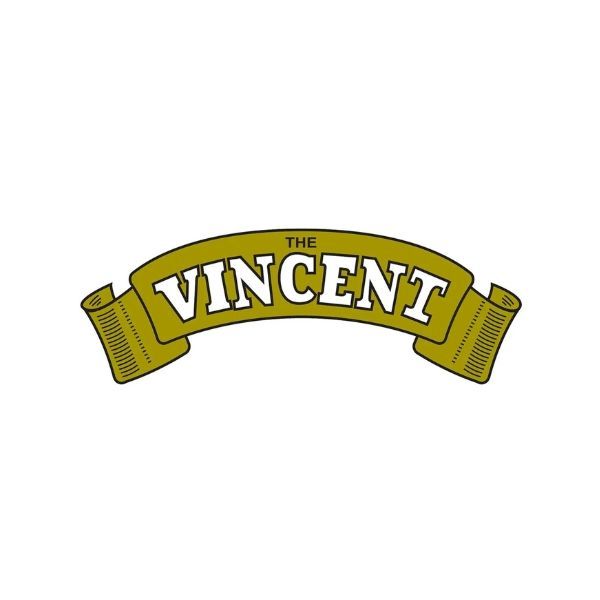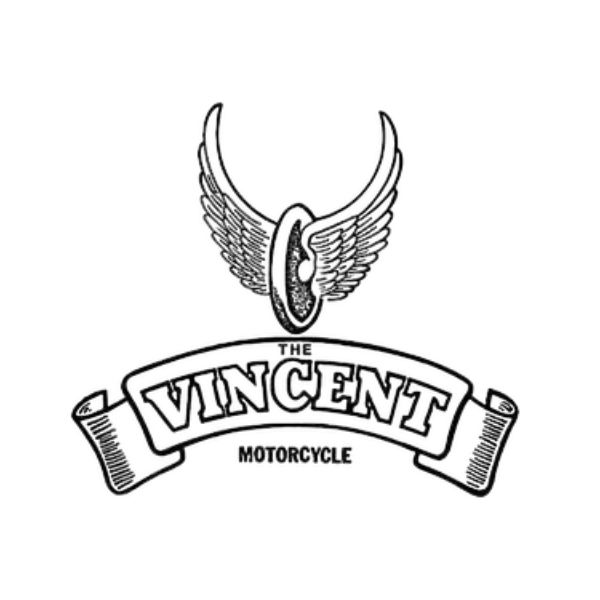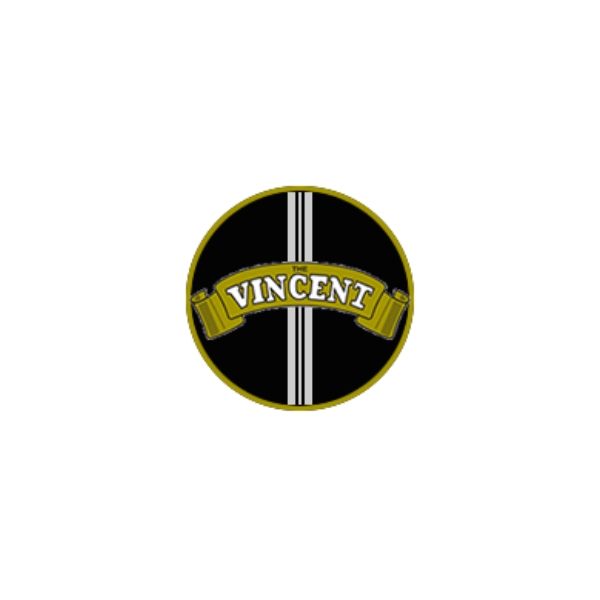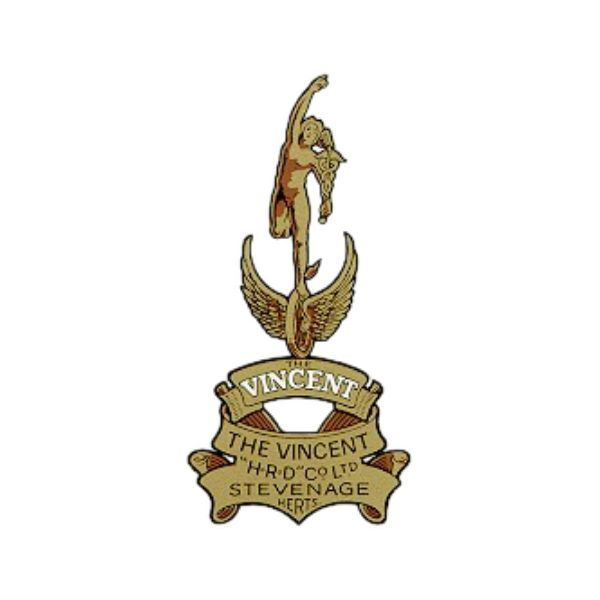Vincent
Founded in 1928, Vincent Motorcycles rose from the purchase of HRD Motors by Philip Vincent, an avid motorcycle enthusiast and engineer. Vincent was captivated by the prospect of creating a quality motorcycle bearing his name and found opportunity when HRD went into voluntary liquidation. With a background in engineering and financial support from his family, Vincent acquired HRD's name, jigs, tools, and patterns, along with its goodwill, and rebranded it as Vincent HRD Co.

The company was relocated to Stevenage, Hertfordshire, where production began under the new trademark with HRD in large letters, and Vincent in small ones above it. The first Vincent-HRD motorcycle, designed in 1929, utilized a JAP single-cylinder engine within a Vincent-designed cantilever frame. However, after a series of engine issues in 1934, Philip Vincent and his chief engineer Phil Irving decided to build their own engines.
In the years following, Vincent Motorcycles released several groundbreaking models. Notably, the Vincent-HRD Series A Rapide was launched in October 1936, featuring the first-ever "cantilever" rear suspension in the motorcycle industry. The 998cc Series A Rapide was capable of reaching 110 miles per hour, making it an incredibly powerful bike for its time. Yet, despite its high performance, it had some mechanical shortcomings, specifically with its gearbox and clutch.
Following World War II, the company dropped "HRD" from its name to avoid confusion with Harley-Davidson in the large US market, and the motorcycles simply became known as "Vincent." The Series B Rapide, designed during the war and featuring an integrated gearbox as part of the engine casting, was a major breakthrough. The engine became a stressed member of the frame, an innovative design that was hailed as sensational at the time.
Another important innovation was the introduction of the Vincent Black Shadow and the Black Lightning, high-performance racing versions of the standard Vincent motorcycle. The Black Lightning was significantly lighter than the Black Shadow and was acclaimed as a symbol of Vincent's commitment to racing and performance. These models solidified Vincent's reputation as a producer of high-performance, high-quality motorcycles.
Despite their remarkable engineering achievements, Vincent Motorcycles faced declining sales in the post-war years. The company attempted to introduce new models, such as the Vincent Victor, Black Knight, and Black Prince, but these failed to gain traction. The emergence of cheaper motor cars and a growing negative association between motorcycles and motorcycle gangs in the media hurt the company further.
In 1948, Vincent introduced the Vincent Black Lightning, a fully race-prepared motorcycle that was considered the fastest standard motorcycle of its time. It was not until the release of the 900cc Kawasaki Z1 in 1972 that any motorcycle could claim to be faster. Unfortunately, despite successful record attempts, gearbox problems led to a dampened enthusiasm for Vincent motorcycles in America.
By 1954, Vincent Motorcycles was in a dire financial situation. Despite various efforts to revive the company's fortunes, including revisiting their trike design from the 1930s, the company could not overcome its challenges. Vincent Motorcycles officially ceased production in 1955, marking the end of an era of innovative and high-quality British motorcycle manufacturing. Today, Vincent Motorcycles remain highly prized by collectors and enthusiasts around the world.
Additional Vincent Logos
Author: William Flaiz






